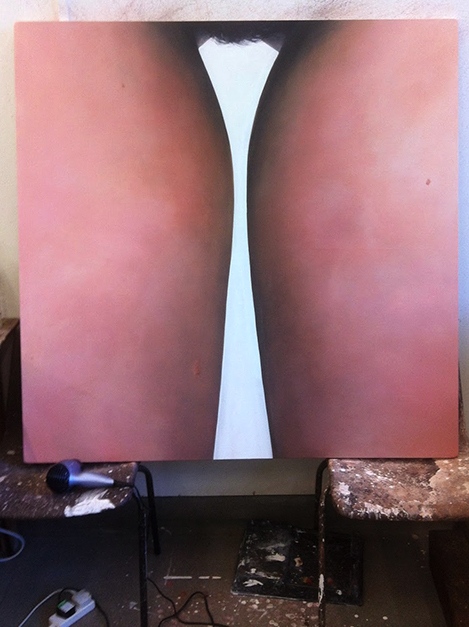Selection of Neon Sign Examples
While researching The language idea that has sprung from the Dapper Laughs ‘comedy’ discussed in the last post, my thoughts moved towards sex advertising, strip clubs, neon signs flickering down dark alleys.
In my brain it all fits together so perfectly.
I was drawn back to the writing of Andrea Dworkin, whose feminist book Pornography, Men Possessing Women was one of the key research texts for my dissertation. One particular line that she repeats quite a lot throughout the work is “She wants it, they all do”. This references the idea that subconsciously, as a result of growing up within patriarchal social systems, men believe that women are ‘gagging for it’ the whole time and that should they refuse a man’s advances, they’re either deranged or a lesbian.
This phrase has been echoing in my thoughts constantly since these ideas have emerged and I feel I have to use it. It also struck me how similar this phrasing is to the hashtag and motto used by Dapper Laughs: #SHEKNOWS. I’ve taken his meaning to be something like ‘she knows she wants it’ which would fit perfectly with his ‘comedy’.
If I can figure out a way of making a neon sign within a student budget, I’d like to think this could end up being quite a powerful piece of work. There are also lots of possibilities for placing the sign in different contexts and environments. It could stand alone or work as a single element of a multi-dimensional installation work.
Next steps:
Research materials for use
Research font styles







